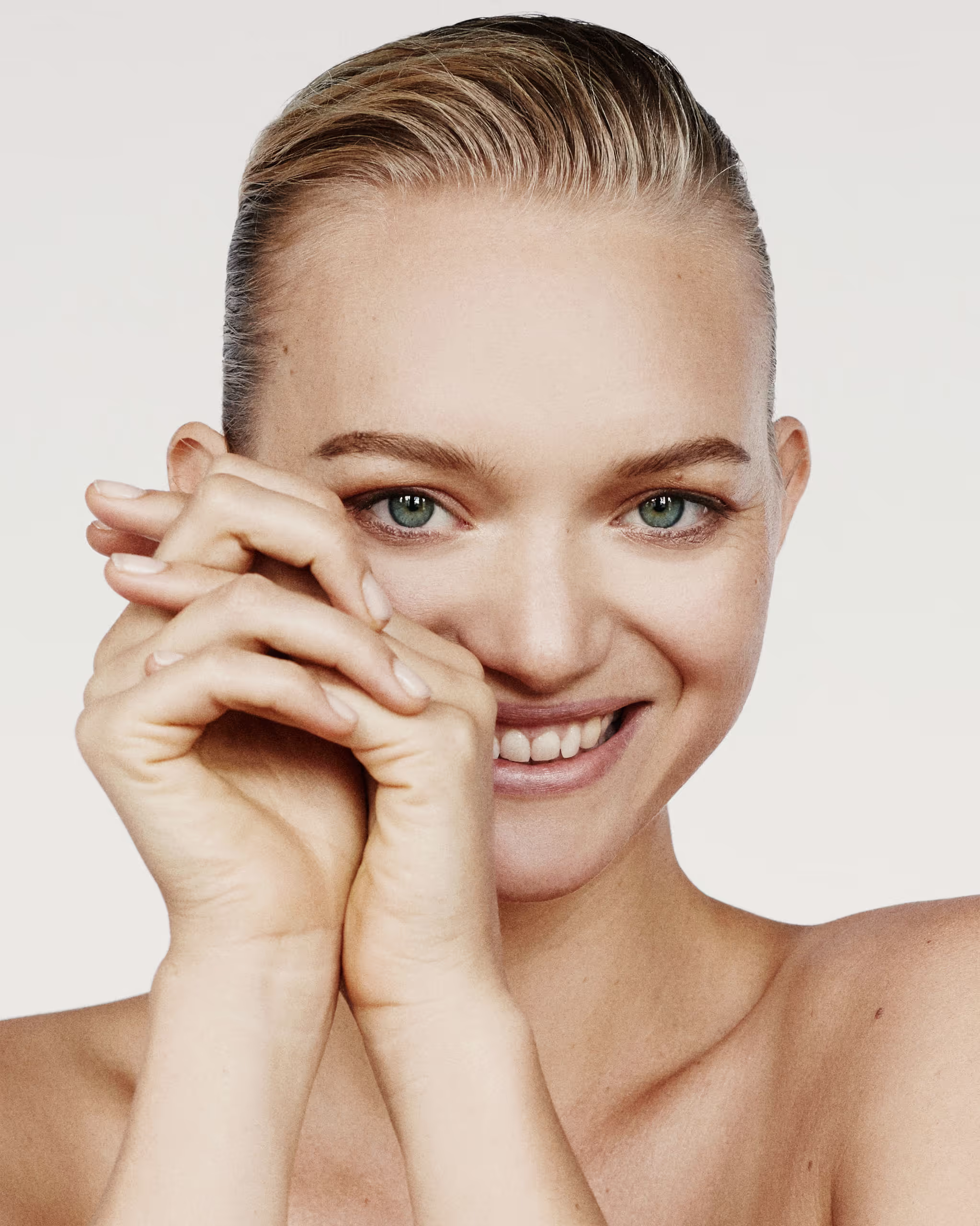


The nearly blinding glow that’s become her calling card isn’t only due to the treatments, which emphasize novel if not tried-and-tested technologies, but also stem from her inside-out approach to complexion care.


Booking in for a treatment with Melanie Grant is like shopping in a designer boutique; this is a luxury experience as far as facials go. Her eponymous high-end salons in Sydney, Melbourne, and a tri-annual residency in Paris, have filled a space that sits somewhere in-between a high-tech skin clinic and traditional beauty salon. Melanie is notorious for her knowledge of what’s at the forefront of beauty innovation, and is forever reinventing her treatments.


One of the most celebrated and appreciated facialists in the beauty industry, who treats numerous celebrities, including Victoria Beckham, and collaborates with beloved beauty brands like Chanel and Augustinus Bader.


If whale music and the flitter-flutter of a therapist’s fingers sounds like the most blissful way to experience a facial, move along, honey —there’s nothing to see at Melanie Grant’s chic Double Bay salon. Don’t let the glam white decor and calming vibe lull you into a false sense of Zen — once you enter a treatment room, prepare to accept that Grant’s not leaving a single pore unturned.


There are facialists and then there are super facialists. Evidence that Melanie Grant sits firmly in the latter camp is right there on her face. As glowy, fresh and even-toned as her equally luminous clients, Grant tends to the skin of everyone ...


"It's impossible to say the name Melanie Grant and not conjure an image of healthy, smooth-as-glass skin. The skincare expert, whose winning approach is a hard-to-find mix of clinical and traditional, has been beauty guru to some of the biggest stars in the world...


Three things we love – enzymes, ultrasound and light therapy – get rolled into one power facial that works best as part of a series of treatments. Your skin will appear as though it’s lit from underneath the surface.


If Coco Chanel is the grandmother of fashion, then Melanie is the wise, cool older cousin of beauty. When she speaks, we listen. When she stocks a product in her practise, we lather it lovingly on our faces. Ily, Melanie!


